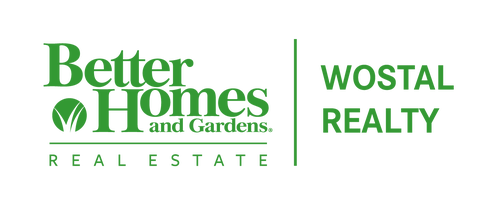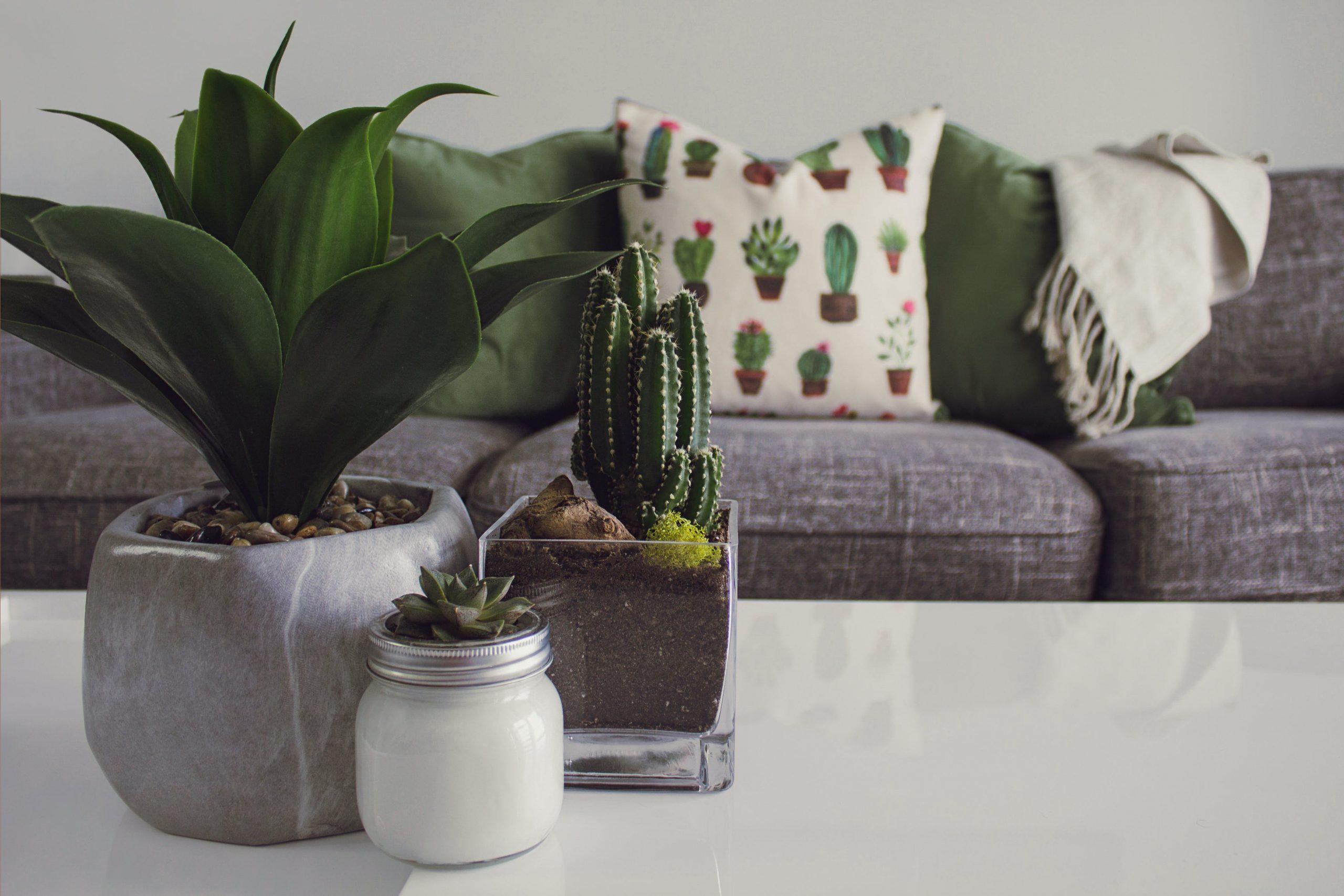So you’re ready to sell your home and move on to bigger and better things! But before you list your home, you may want to consider the benefits of staging your home. In a 2021 study conducted by the National Association of Realtors (NAR), “eighty-one percent of buyers’ agents said staging a home made it easier for a buyer to visualize the property as a future home. Additionally 31% of agents for sellers said that home staging greatly decreased the amount of time a home spent on the market”. So, what’s the process, how much does it cost, and what could I possibly gain from staging my home? Let’s get into it.
Average cost and associated factors
According to the Real Estate Staging Association, the average cost to stage all the rooms in a vacant house ranges from $2,900 to $5,250, based on a 2021 report. There are many factors that can affect the cost of staging.
- The size of your home. Not surprisingly, the larger your home, the higher the cost of staging may be.
- Layout of your home. If you have a two story home, some staging companies may charge an additional fee for hiring more help to carry furniture upstairs. This could also apply if you have a basement.
- Whether or not the home is vacant. Many stagers may use existing furniture, decor and art to stage your home. If the home is vacant, then there will be a need for additional items.
- Personal belongings. While personal belongings like furniture and art may offset some of the staging costs, if you have too many things, you may end up needing to place these items in storage while your home is on the market.
- Contract minimums. Many professional stagers require a three month minimum contract. So, it won’t matter if your house is on the market 3 weeks or 3 months–you’ll still have to pay the three months.
Key expenses
There are a few key expenses involved in home staging. These should be taken into consideration when deciding whether or not to hire a professional stager.
- Consultation cost: An initial design consultation can cost anywhere from $150 to $600 and typically takes about two hours. After this, the stager will provide you with an estimate of how much the project can cost and any associated fees.
- Room-by-room staging: The individual cost of staging a room is about $500 to $600. This means the more rooms you have staged, the more it could cost you.
- Price per hour: Some stagers may charge you per hour for their labor, which could range from $25-$150 an hour.
- Price per project: Typically, stagers will present you with an estimated cost of the project after your design consultation. The average project cost ranges from $800 to $1,000, but note that this does not include any furniture rental costs.
- Furniture rental cost: If you are having to stage a vacant home, your stager may suggest that you rent furniture. Renting furniture can cost between $500 to $600 per room.
- Decluttering and rearranging: If your stager determines that they can use the current furniture and decor you have, they may charge you a flat fee to arrange your items. Flat fees can vary from between $800-$1,000.
Return on investment
What financial return can homeowners typically expect when investing in professional home staging? Selling your home is not just about making a change of residence, but also about making a profit. The statistics show that staging a home could potentially increase the amount of money a seller takes from the closing table.
- In a 2021 a study of 4,600 staged homes was conducted by the Real Estate Staging Association. It was shown that 73% of these properties sold for over list price, with an average of $40k over list price. The average staging investment of 1.3% gave sellers an average of 7.1% over-list return on investment. Let’s put that into real numbers. A property listed at $300,000, with an invest of 1.3% of the list price dedicated to staging, equals $3,900. That is the amount that the seller would have spent. The possible over-list return on investment would be $21,300.
- According to the National Association of Realtors (NAR), “eighteen percent of sellers’ agents said home staging increased the dollar value of a residence between 6% and 10%. Twenty-three percent of buyers’ agents also said that home staging raised the dollar value offered between 1% and 5%, compared to similar homes on the market that hadn’t been staged”.
- According to the International Association of Home Staging Professionals (IAHSP), sellers who chose not to stage their homes experienced an average home price reduction of five to 20 times greater than what the staging investment would have been.
Reducing costs and potential drawbacks of a DIY approach
There are some DIY home staging strategies that homeowners can employ to reduce costs. However, there may be drawbacks when opting for a do-it-yourself approach. It’s important to weigh the risks and benefits to staging the home yourself.
- Stage the most important rooms: Start by staging the main areas of your home. These are typically the kitchen, living area and master bedroom. You might want to include the entryway, as that is the first impression a potential buyer gets when they walk in.
- Use your own belongings: Start by decluttering your home and selecting the best furniture, art and decor from your collection. Look at Pinterest, Better Homes and Gardens magazines or design blogs for inspiration.
- Take advice from a staging consultant: Bring in a staging professional for an initial consult. They can give you an assessment of your space, tips and the consultation fee will be much less than hiring them to stage your entire house.
- Limit the furniture you rent: Consider renting a few key pieces of furniture to bring life to vacant rooms.
- Consult with your real estate agent: Your agent may be able to provide advice on how to stage your home, or in some cases, may offer staging services as part of their package.
- Drawbacks: You may or may not understand the buyer demographic. What do buyers currently want? Is gray and white out, while cottage core is in? This is where the expertise of a professional stager is helpful, because they know what the buyer wants and what is current.
Home staging trends for the DIYer
If you do decide to go the DIY route, be aware that home decor, just like clothing fashion, changes. The National Association of Realtors (NAR) reports that in 2024, “home design is moving past all-white and neutral colors to a more personality-infused style that focuses on the details, big and small”. Here are 5 of the current trends:
- Blended backsplashes
- Fluted cabinets and more details
- Handmade, one-of-a-kind accents
- Herringbone patterns
- Grass or plants in between pavers (an outside accent)
Do seasonal variations impact the cost of staging a home?
In a nutshell: yes. There are certain times of the year when staging may be more expensive. Spring and fall are the busiest time of the year for professional stagers and the costs may be higher during this time. In the spring, home owners are getting their homes ready for the summer selling season. In the fall, those who missed out on the summer selling season (or their home didn’t sell), are preparing to launch their home on the market.
Striking a balance
You may be asking yourself, how can I strike a balance my between budget and still create an appealing presentation to potential home buyers?
- First, create a budget and stick to it. Whether your budget is $800 or $6,000, there ARE options available, if you take the time to research and consider them.
- Many staging professionals will tell you that it’s advisable to start getting your home ready 3-4 weeks before you decide to sell. Once you’ve decided your budget and have spoken with a professional stager, then decide if you are going to hire them or stage the home yourself.
- Negotiate the price. Ask your staging professional if there is any room for negotiation. For example, if you declutter your home yourself, will they give you a lower price on arranging your furniture and art? (Check out websites, such as Better Homes and Gardens for tips on cleaning and organizing.)
- Ask your staging professional if they give discounts on referrals. Some newer or smaller businesses give out discounts on referrals to get more business.
- If you decide to stage the home yourself, don’t go at it alone, if possible. Ask your agent, friends, or check out websites dedicated to home decor and organization for inspiration!
Is staging worth it?
When selling your home, staging your home is worth the money, time and effort. Some of the benefits are an increase in interested buyers, higher offers and a higher return on investment. While the cost of staging may seem high, the benefits are worth it.
***************************************************************************************************
Article Sources (6)
“NAR Finds Home Staging Helps Buyers Visualize, Homes Sell Faster.” Www.Nar.Realtor, 5 Apr. 2021, www.nar.realtor/newsroom/nar-finds-home-staging-helps-buyers-visualize-homes-sell-faster. Accessed 9 Jan. 2024.
RESA Home Staging Publications – RESA, www.realestatestagingassociation.com/content.aspx?page_id=22&club_id=304550&module_id=164548. Accessed 9 Jan. 2024.
“** Home Staging Statistics **.” ** Home Staging Statistics **, www.homestagingstats.com/. Accessed 9 Jan. 2024.
“5 Trendy Home Design Details for 2024.” Www.Nar.Realtor, 27 Dec. 2023, www.nar.realtor/blogs/styled-staged-sold/5-trendy-home-design-details-for-2024.
Gould, Debra. “Home Staging Seasons and What Home Stagers Can Do about It.” Staging Diva, 13 Dec. 2019, stagingdiva.com/homestagingbusiness/home-staging-seasons/. Accessed 9 Jan. 2024.
Bennett, Jessica. “Declutter Your Home Fast with These 15-Minute Organizing Tasks.” Better Homes & Gardens, Better Homes & Gardens, 5 Dec. 2022, www.bhg.com/decorating/storage/organization-basics/declutter-your-home/. Accessed 9 Jan. 2024.
Photo by Designecologist: https://www.pexels.com/photo/photo-of-plants-on-the-table-1005058/


 Facebook
Facebook
 X
X
 Pinterest
Pinterest
 Copy Link
Copy Link


